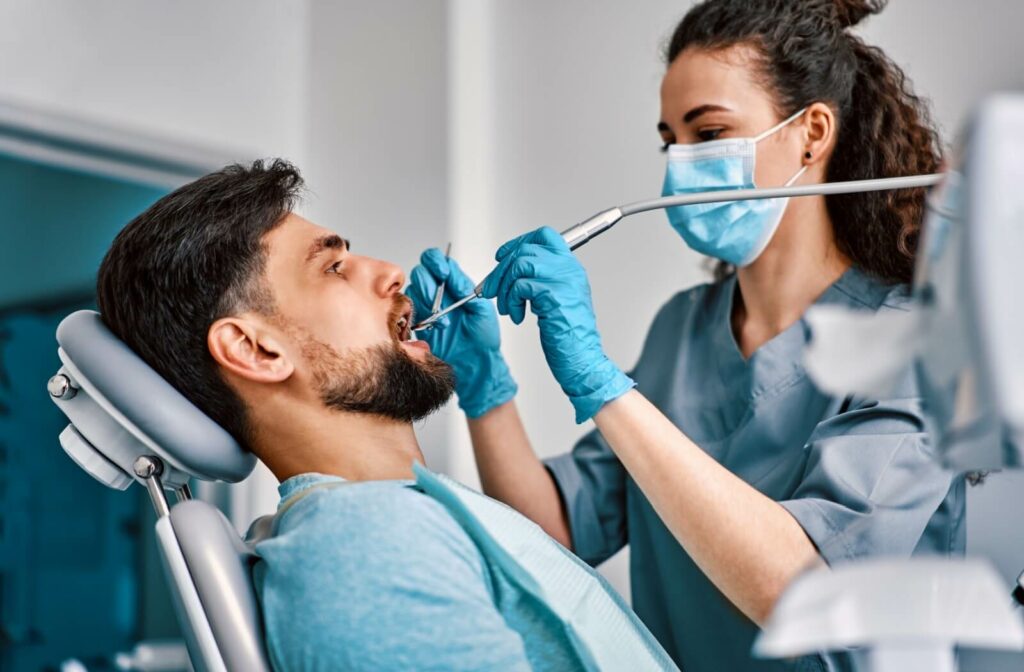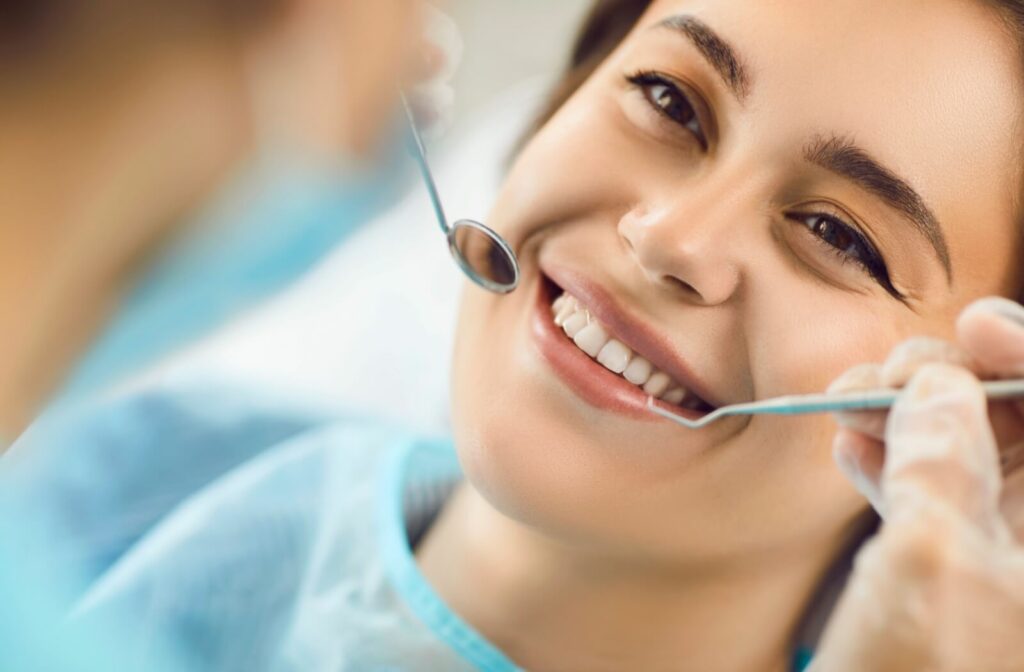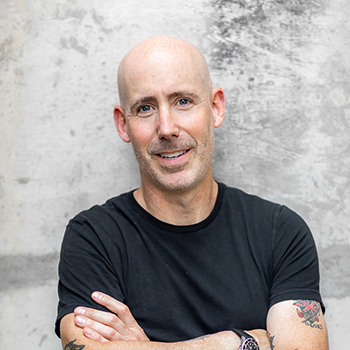Prioritizing your health includes more than hitting your daily step count and focusing on sleep quality; your physical health, from your eyes to your teeth, matters too.
Just as you visit your family doctor for annual exams, going to your dentist for a routine exam and cleaning is just as important. After all, your teeth help you chew your favourite foods, talk with the people you love, and flash your beautiful smile.
You should aim to have a routine dental cleaning and exam every 6 months, and here’s what you can expect during this visit:
- Initial examination
- Plaque and tartar removal
- Dental polishing
- In-depth flossing
- Rinsing
- Fluoride treatment
- The dental exam
From the moment you sit in our dental chair to when you leave with that fresh, clean feeling, we’ll walk you through every step of a professional dental cleaning.
Why Are Dental Cleanings So Important?
Cleaning your teeth at home is not the same as visiting your dental team for a professional cleaning and examination.
Even with excellent brushing and flossing habits at home, plaque and tartar can build up in hard-to-reach areas. Professional cleanings remove this buildup, preventing cavities, gum disease, and other health issues.
The routine exam from your dentist that follows this cleaning helps identify potential concerns early, allowing us to address them promptly before they escalate into something more significant.
Everyone benefits from routine dental cleanings and exams.
The Canadian Dental Association recommends that most people have their teeth cleaned every 6 months. That said, some individuals may require more frequent cleanings based on their specific oral health needs. Your dentist will recommend the right schedule for you.
Your Guide to Dental Cleanings: What to Expect
The Initial Examination
Your dental cleaning begins with a thorough examination of your mouth. The dental hygienist uses a small mirror to examine the area around your teeth and gums for signs of gingivitis, cavities, or other potential issues.
They’re looking for areas of concern that might need special attention during the cleaning or follow-up care.
Removing Plaque & Tartar
The heart of your dental cleaning involves removing plaque and tartar buildup. Though routine brushing and flossing help remove bacteria, food debris, and plaque, the thread of your floss or bristles on your toothbrush can’t remove tight spaces between your teeth and gums. And, once plaque hardens to tartar, only professional cleaning can remove it.
Dental scaling is the process that removes the buildup of tartar; your hygienist uses a scaler to carefully scrape away buildup from around your gum line and between your teeth. You might hear some scraping sounds or feel slight discomfort, which is completely normal.
The bulk of your cleaning focuses on removing this buildup. If you practice good oral hygiene between visits, this process is usually quick. Naturally, areas with more buildup require extra attention.

Dental Polishing
After removing tartar, your hygienist will use an electric toothbrush to brush your teeth. This helps remove tartar left behind from scaling and provides a deeper clean.
The toothpaste we use has a gritty texture that helps polish your teeth. While it might taste different from your regular toothpaste, it’s formulated to be gentle on your enamel while providing solid cleaning power.
In-Depth Flossing
Flossing during your cleaning offers unique benefits. Your dental hygienist can get deep between your teeth and locate any trouble spots where you might be bleeding at the gum line.
This is also an excellent opportunity to ask questions about your flossing technique. Many people don’t realize that their flossing routine can be improved with a few simple adjustments.
Rinsing
After we clean, we rinse to wash away any debris. The rinse solution often contains fluoride, which helps strengthen your teeth and provides additional protection against cavities.
This step leaves your mouth feeling fresh and clean, and you might notice how smooth your teeth feel with your tongue.
Fluoride Treatment
We finish with a fluoride treatment. Your hygienist will apply a fluoride gel or foam (with or without flavour, depending on your preference) to your teeth using a mouth guard that fits over your teeth.
This treatment typically lasts about a minute and provides extra protection against cavities. However, you’ll need to avoid eating or drinking for about 30 minutes after the treatment to allow the fluoride to fully absorb.
The Dental Exam
After your hygienist completes the cleaning, the dentist will usually perform a final exam. They’ll review the hygienist’s findings and check for any issues that might need treatment, such as a cavity filling or wisdom tooth removal.
Your dentist is here to help keep your smile bright and sparkling, so they can offer advice about your oral care routine and recommend and go over any additional treatments you might need.
Keep Your Smile Strong & Healthy
That fresh, clean feeling after your visit is wonderful, but maintaining it requires consistent home care. Remember to brush your teeth twice daily and floss once a day. This helps prevent tartar buildup, cavities, and gum disease and prepares you for your next cleaning.
After your cleaning, you might notice your teeth feel different: smoother and cleaner. Some people experience slight sensitivity, especially if a significant amount of buildup is removed. This sensitivity typically resolves within one to two days.
If it’s been a while since your last cleaning, or if you’re experiencing any dental concerns, don’t wait to schedule your appointment. Invest in your oral health with Belman Dental Centre.
Connect with our team and book your dental cleaning and exam today!



